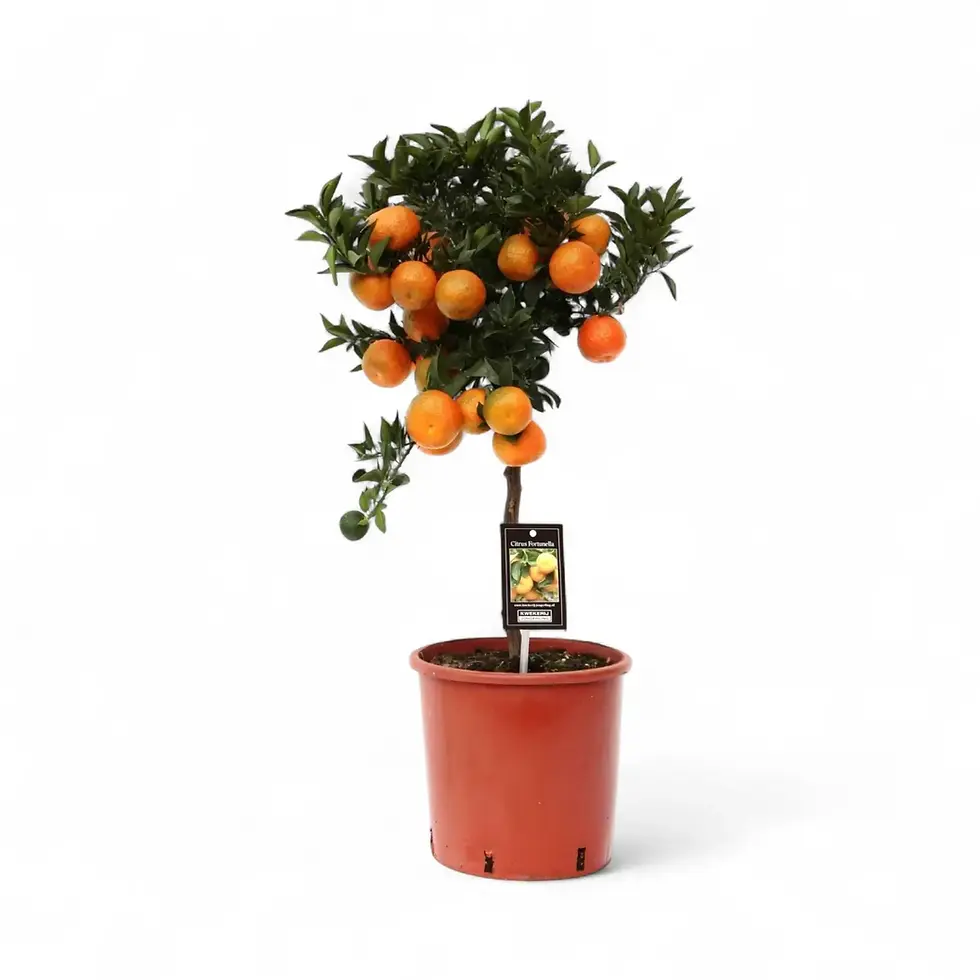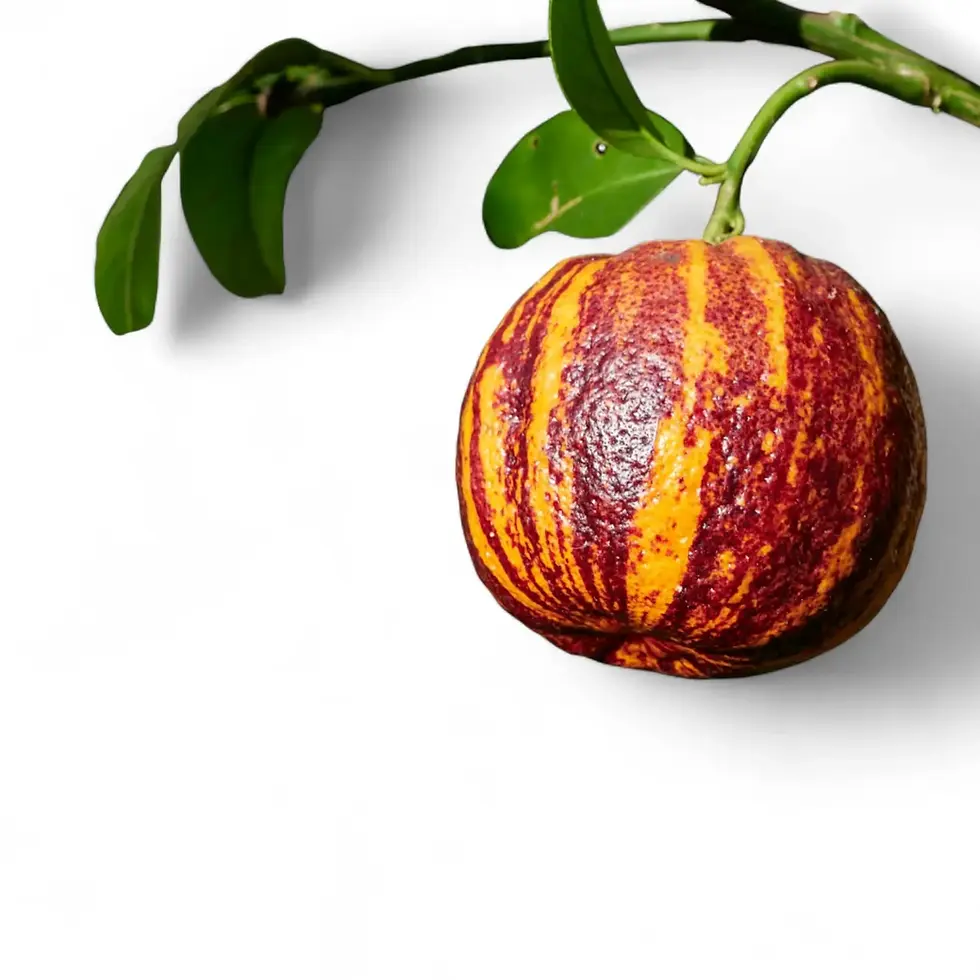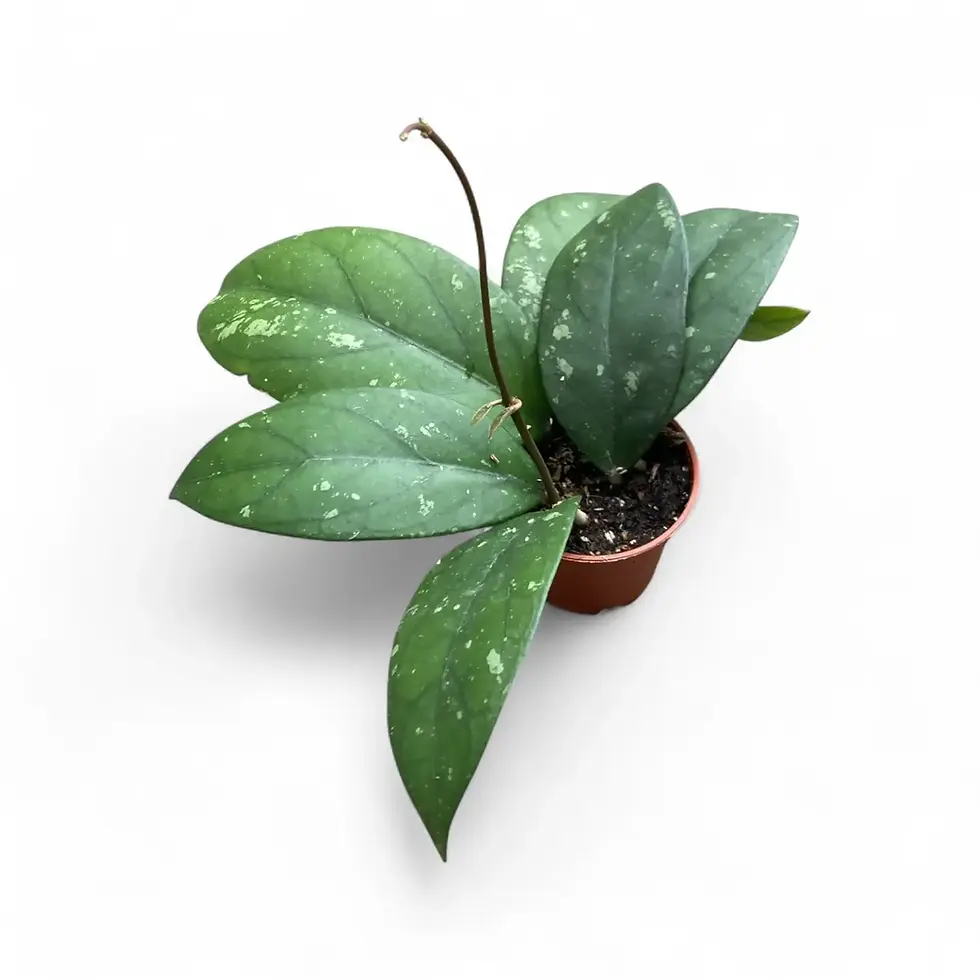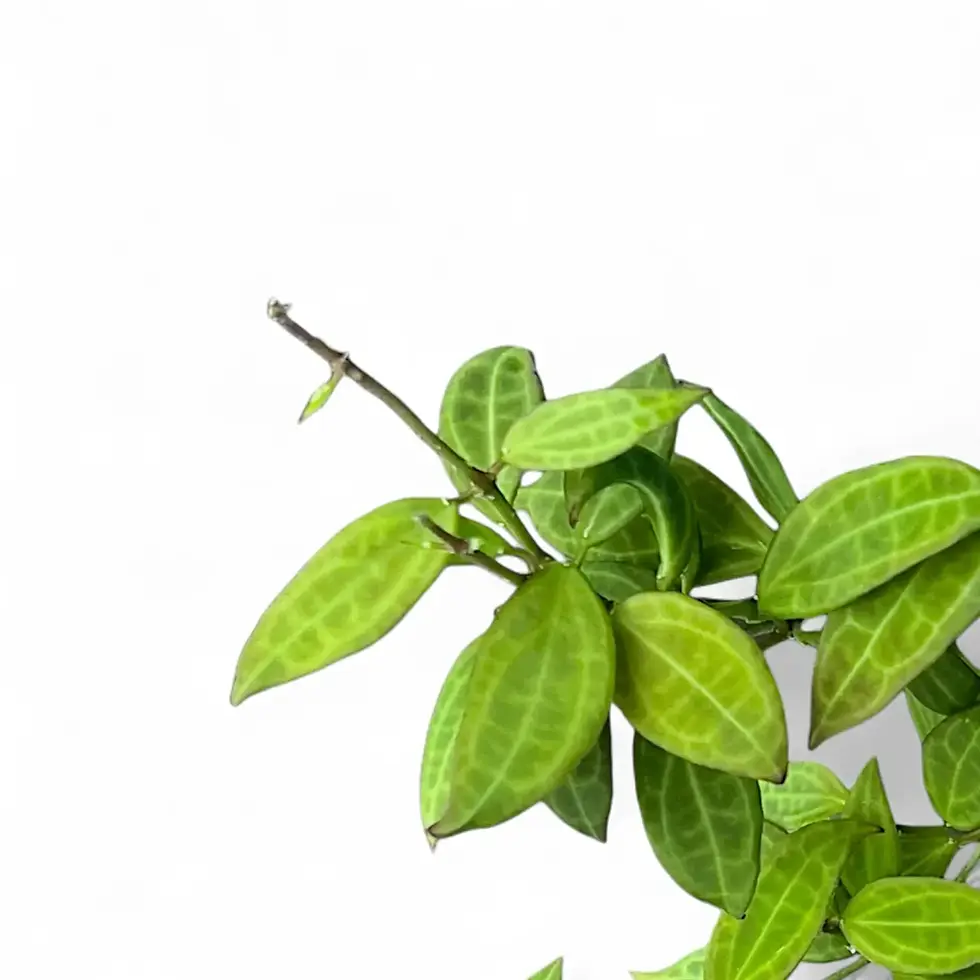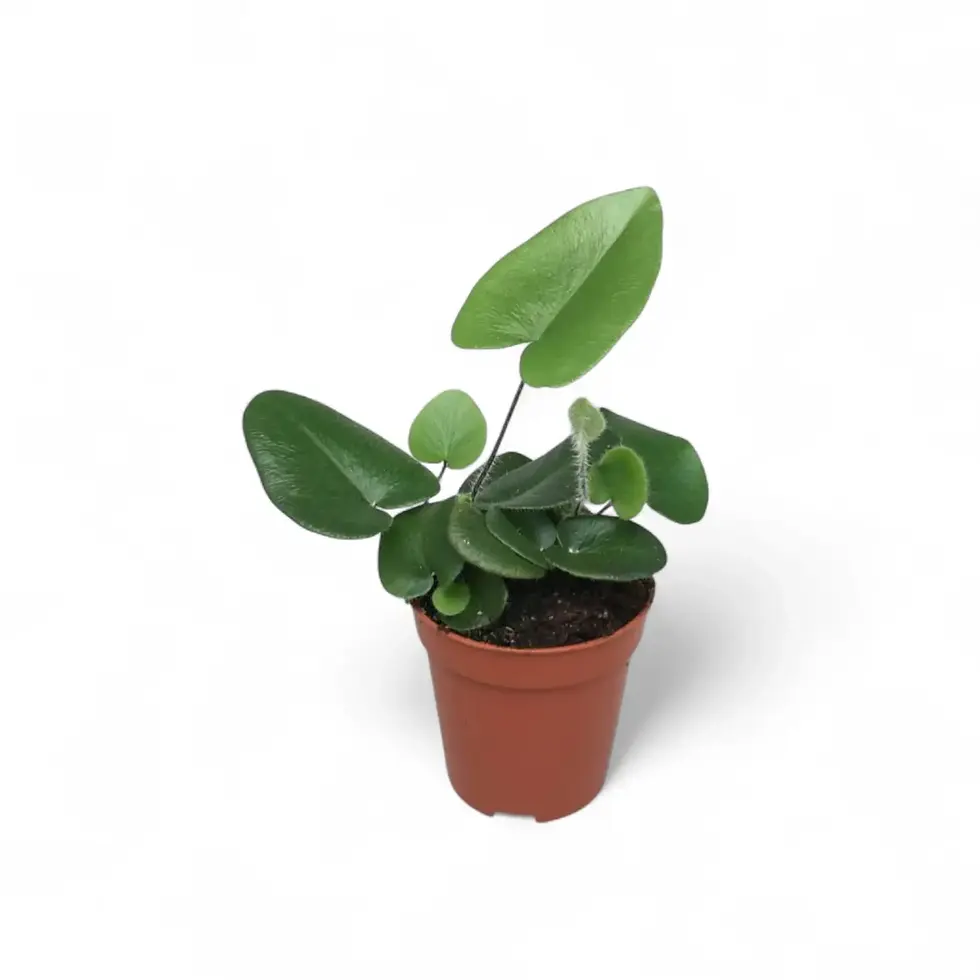Hoya loheri – Rare Philippine Climber with Scented Orange-Red Star Blooms
Hoya loheri is a slow-growing climbing hoya from Luzon in the Philippines, prized for its narrow, semi-succulent foliage and compact, twisting vines. The leaves are glossy, upcurled, and often leathery to the touch, growing in tight clusters that give the plant a refined, sculptural look. Over time, the vines can become woody at the base and lightly climb if given support, or trail elegantly from baskets.
Mature plants produce small umbels of orange to red, star-shaped flowers — each with a fine fuzzy coating and subtle sweet scent. Though not flashy at a distance, the blooms are a collector’s delight up close. Easy-going and tidy, Hoya loheri is ideal for growers who want something compact but visually rich.What makes Hoya loheri so unique indoors
- Growth style: Slow scandent epiphyte that trails or twines with age
- Foliage detail: Narrow, leathery leaves (4–7 cm) with upright curl and glossy surface
- Flower type: Fuzzy orange-red stars in umbels of 10–15, lightly scented
- Indoor size: 30–50 cm when trailing; vines can exceed 1 m over time
- Form factor: Perfect for baskets, trellises, or minimalist wall mounts
Where Hoya loheri comes from and how it grows
This species is native to Mt Paningtingan on Luzon (Rizal and Quezon Provinces) in the Philippines. It grows epiphytically or occasionally lithophytically in wet tropical forests, typically at elevations of 300–800 m. In its natural setting, it climbs through canopy vegetation in dappled shade and thrives with steady warmth and air circulation — not dense humidity or strong direct sun.
Simple care guide for growing Hoya loheri at home
- Light: Bright, indirect light is ideal; tolerates soft morning sun
- Water: Let the top 2–3 cm of substrate dry between waterings
- Humidity: Room humidity (40–60 %) works well with some airflow
- Temperature: Best between 18–29 °C; protect from temps under 12 °C
- Substrate: Use an airy, fast-draining mix (orchid bark, coco, perlite)
- Pot type: Breathable container with good drainage; terracotta is fine
- Repotting: Every 2–3 years or when mix breaks down — prefers slight root binding
- Fertilizer: Light liquid feed every 3–4 weeks during active growth
- Support: Climbs lightly with a hoop or trellis, or trails without support
- Hydroponics: Adapts to LECA if roots stay well-ventilated
How to get Hoya loheri to bloom
This species is slow to flower but worth the wait. Expect blooms after 2–3 years of steady care. To boost blooming:
- Keep it slightly root-bound
- Provide 14–15 hours of bright light in spring
- Reduce watering slightly in winter
- Never prune peduncles — blooms reappear from the same point
Troubleshooting: what can go wrong (and why)
- Leaf drop or curl: Usually low light or overwatering — adjust exposure and drainage
- No blooms: Common in young plants; maturity, light, and airflow are key
- Root rot: Result of soggy soil — switch to chunkier mix and water less often
- Pests: Mealybugs or scale may appear on undersides; wipe with neem or alcohol
- Leaf spotting: Can occur with stagnant air or wet leaves — improve ventilation
Who discovered Hoya loheri — and why it matters
Hoya loheri was officially described by Dale Kloppenburg in 1991 in Fraterna. The name honors Swiss botanist August Loher, who collected plants in the Philippines in the early 20th century. This species belongs to the Acanthostemma section and remains relatively rare in cultivation — especially in its original, non-hybrid form.
Hoya loheri: 5 things plant lovers usually ask
- Is Hoya loheri fragrant? Yes — its fuzzy orange-red flowers have a mild, sweet scent
- Can I grow it in semi-hydro? Yes — with good airflow and a mineral base like LECA or pon
- Does it trail or climb? Both — it starts compact but climbs or trails with time
- Is it safe for pets? No — its latex sap is mildly toxic if ingested
- Will it do well in low humidity? Yes — standard indoor humidity is fine with light ventilation
Want a rare narrow-leaf hoya that trails, climbs, and blooms with sweet fuzzy stars? Hoya loheri is your next collector’s favorite. Order now and let it quietly shine.
Hoya loheri
Hoya loheri comes in a ⌀ 6 cm pot and is ca. 10-15 cm tall




